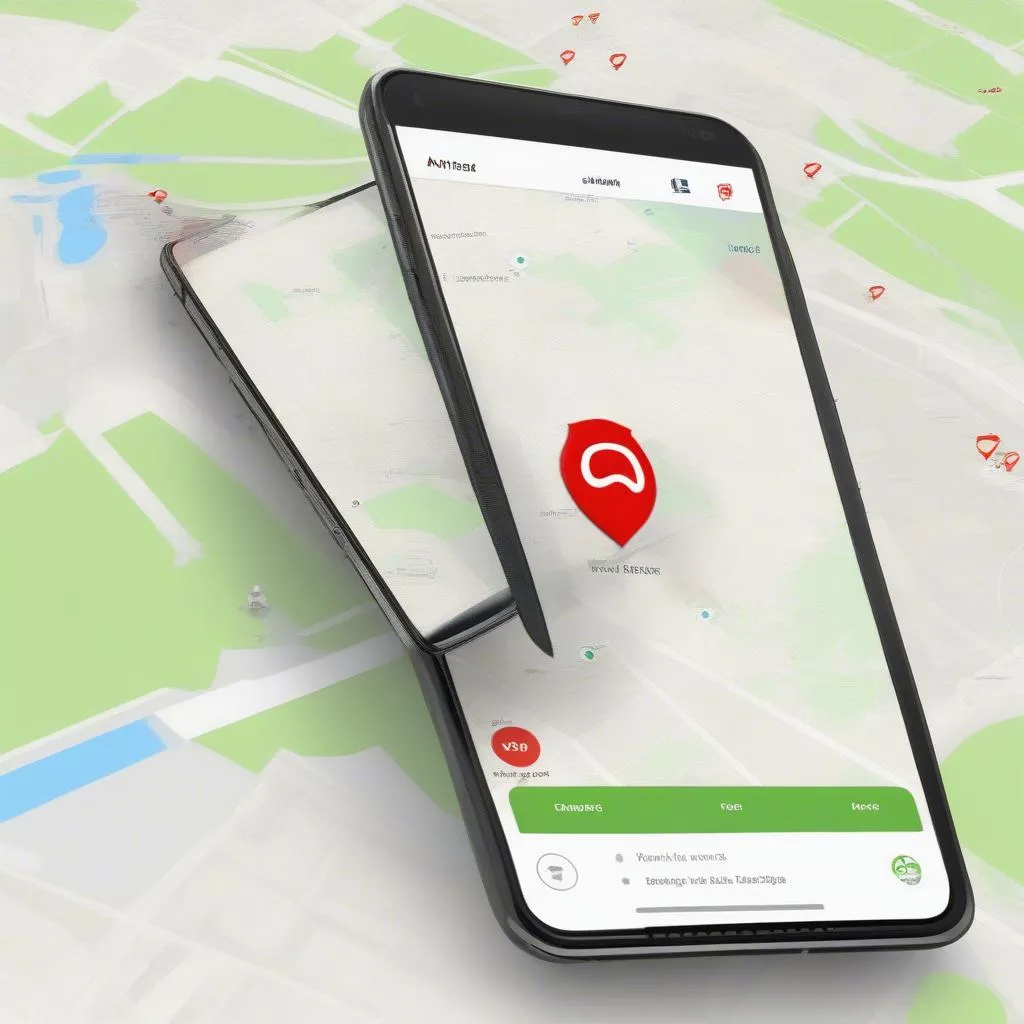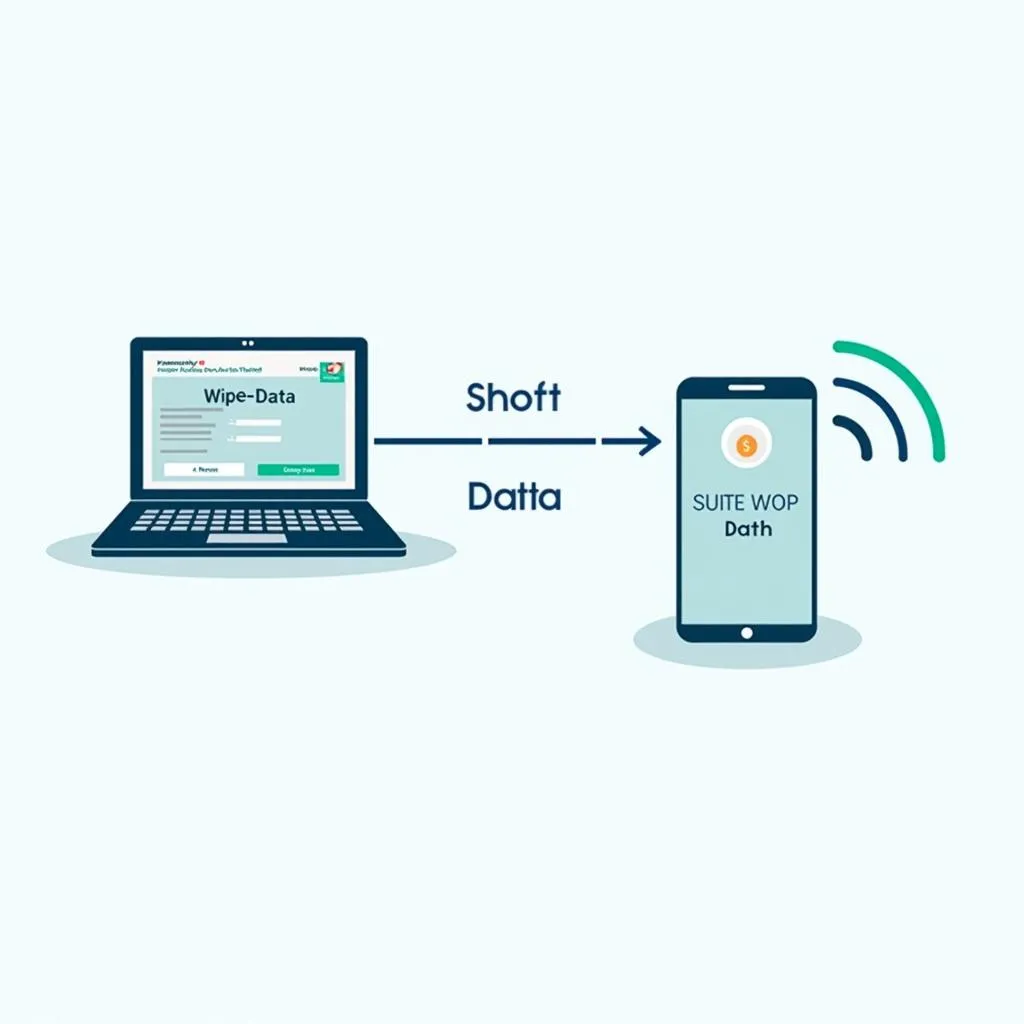Dealing with a malfunctioning anti-theft system on your Honda Accord can be incredibly frustrating. It can prevent you from starting your car and leave you stranded. While it’s always best to consult a professional mechanic or automotive locksmith, there are times when you might need to disable the anti-theft system yourself temporarily.
This article provides some general guidance on how to potentially address issues related to a Honda Accord’s anti-theft system. However, remember that procedures can vary depending on the specific model year and trim level of your car.
Understanding Your Honda Accord’s Anti-Theft System
The anti-theft system on your Honda Accord is designed to deter theft. It does this by disabling the ignition system, starter, or fuel pump if it detects that an unauthorized key is being used. When the anti-theft system is activated, you might notice some common indicators:
- Rapidly flashing dashboard security indicator light: This is often the most noticeable sign.
- Clicking sounds when attempting to start: This indicates the system is trying to engage the starter but is being prevented.
- Inability to start the engine: Even with the key turned to the “ON” position, the engine won’t crank.
Identifying the Issue: Common Causes and Troubleshooting Tips
Before attempting to disable the system, it’s essential to try and diagnose the source of the problem. Here are a few common culprits:
- Weak or Dying Battery: A low battery can often disrupt the anti-theft system’s operation. Try jump-starting your car; if it starts, consider getting your battery checked and potentially replaced.
- Faulty Key Fob Battery: If your key fob battery is dead or weak, the immobilizer might not recognize your key. Replacing the key fob battery is a simple fix you can usually do yourself.
- Malfunctioning Ignition Switch: A failing ignition switch might not send the correct signal to the immobilizer, leading the system to believe an unauthorized key is in use.
- Immobilizer Control Unit Issues: In some cases, the issue might lie with the immobilizer control unit itself. This usually requires professional diagnosis and repair.
Equipment Needed for Troubleshooting
To troubleshoot anti-theft system issues in your Honda Accord, you’ll likely need some basic tools, including:
- Jumper cables: Essential if a weak battery is suspected.
- Screwdriver set: Helpful for accessing the battery terminals or potentially the ignition switch (if comfortable doing so).
- Spare key or key fob: Always worth trying a different key, especially if you haven’t used it in a while.
- Voltmeter (optional): Can be used to check the battery voltage.
Disabling the Anti-Theft System: Proceed with Caution!
Disclaimer: Disabling your car’s anti-theft system is not recommended unless absolutely necessary and is best left to professionals. Tampering with your car’s electrical system can have unintended consequences and might even void your warranty.
If you’re confident in your automotive skills and are comfortable working with your car’s electrical system, you can try these general steps.
Important: These steps are for informational purposes only and may not be applicable to all Honda Accord models. Always refer to your owner’s manual for specific instructions related to your car.
- Identify the Immobilizer Control Unit: This unit is usually located beneath the dashboard, often near the steering column or behind the glove box.
- Disconnect the Battery: Before doing any work on the electrical system, always disconnect the negative terminal of your car battery to avoid potential electrical shorts.
- Inspect and Clean Connections: Carefully check the wiring harness and connections to the immobilizer control unit for any signs of damage, corrosion, or loose connections. Clean or repair any issues found.
- Reconnect the Battery: After addressing any wiring issues, reconnect the negative battery terminal.
If the problem persists after these steps, further diagnosis by a qualified mechanic or an automotive locksmith who specializes in anti-theft systems is highly recommended.
FAQs: Common Questions About Honda Accord Anti-Theft Systems
Q: Can I reset the anti-theft system myself?
A: While some online sources might offer DIY reset procedures, it’s highly recommended to avoid these unless you are very familiar with your car’s electrical system. Incorrectly resetting the system can lead to more significant issues.
Q: Will disconnecting the battery reset the anti-theft system?
A: Disconnecting the battery for an extended period might temporarily reset the system in some Honda Accord models, but it’s not a guaranteed solution and can lead to other issues like loss of radio presets and clock settings.
Q: My Honda Accord key fob is not working. What should I do?
A: Try replacing the battery in your key fob first. If that doesn’t work, the key fob itself might be faulty and need to be replaced or reprogrammed. You can find more information in our guide on “How to Block the Anti-Theft System Honda Accord“.
Q: How much does it cost to fix a Honda Accord anti-theft system?
A: The cost can vary significantly depending on the problem’s nature, the model year of your Accord, and labor costs in your area.
Q: How does the Honda Accord immobilizer system work?
A: The immobilizer system uses a transponder chip embedded in your car key. When you insert the key and turn the ignition, the immobilizer control unit reads the chip’s code. If the code is recognized as valid, the system allows the car to start.
For additional information about the Honda CR-V’s anti-theft system, refer to our article: Does Honda CR-V Have Anti-Theft System?.
Remember, working with a car’s electrical system can be complex and potentially dangerous. Always prioritize your safety, and if in doubt, contact a qualified mechanic or an automotive locksmith for assistance.
CARDIAGTECH offers a range of diagnostic tools and software that can help you understand and potentially resolve issues with your car. Learn more about our products and services on our website: Cardiagtech.


